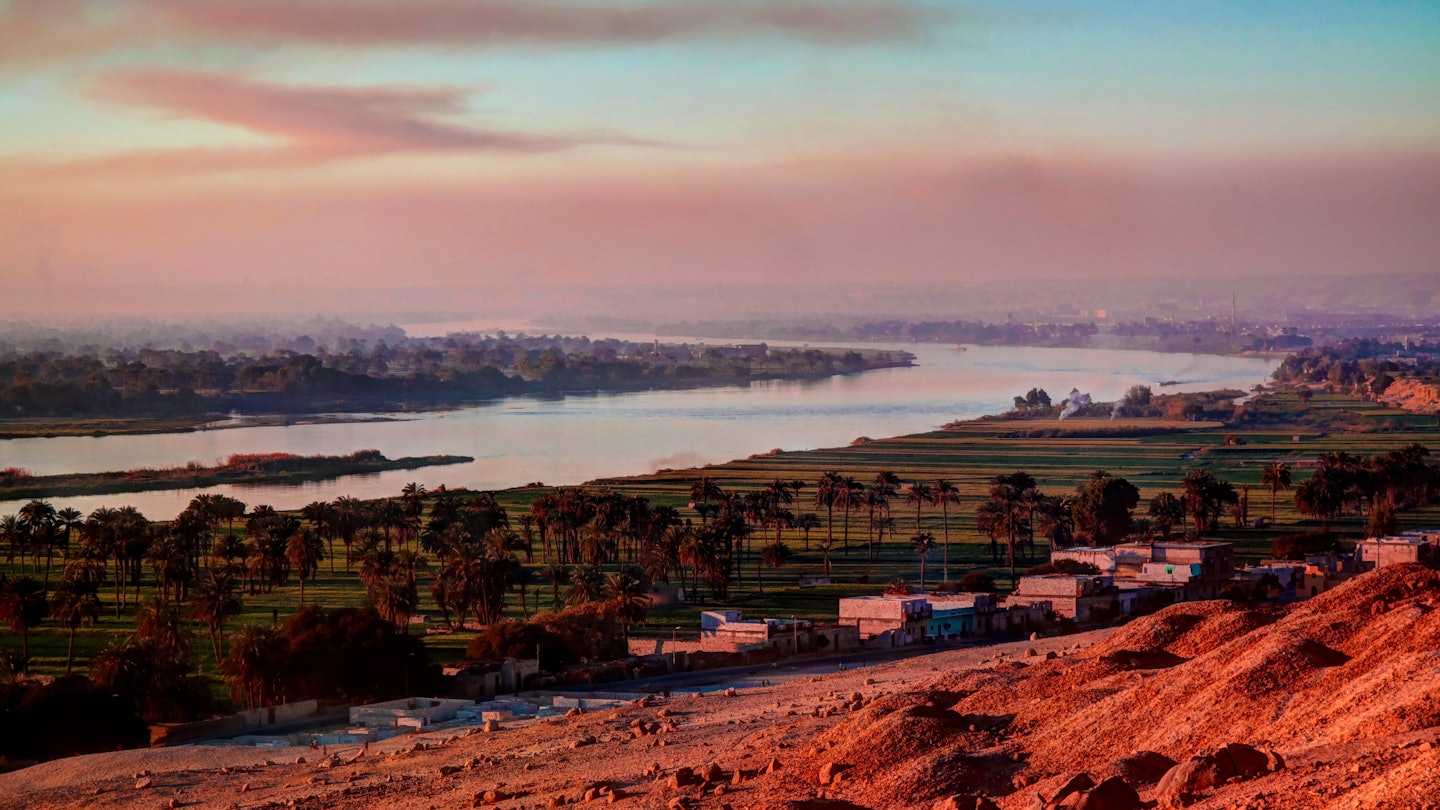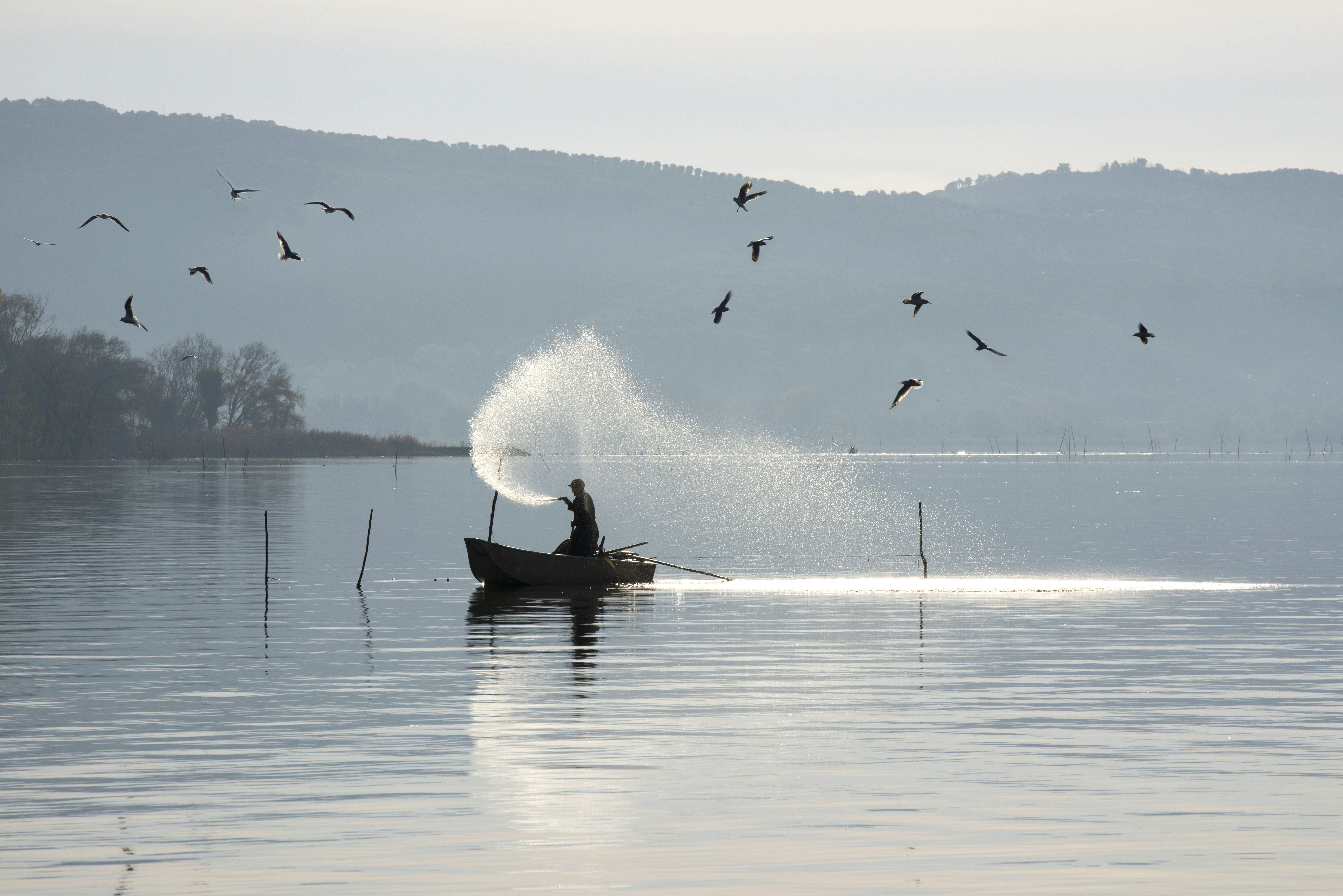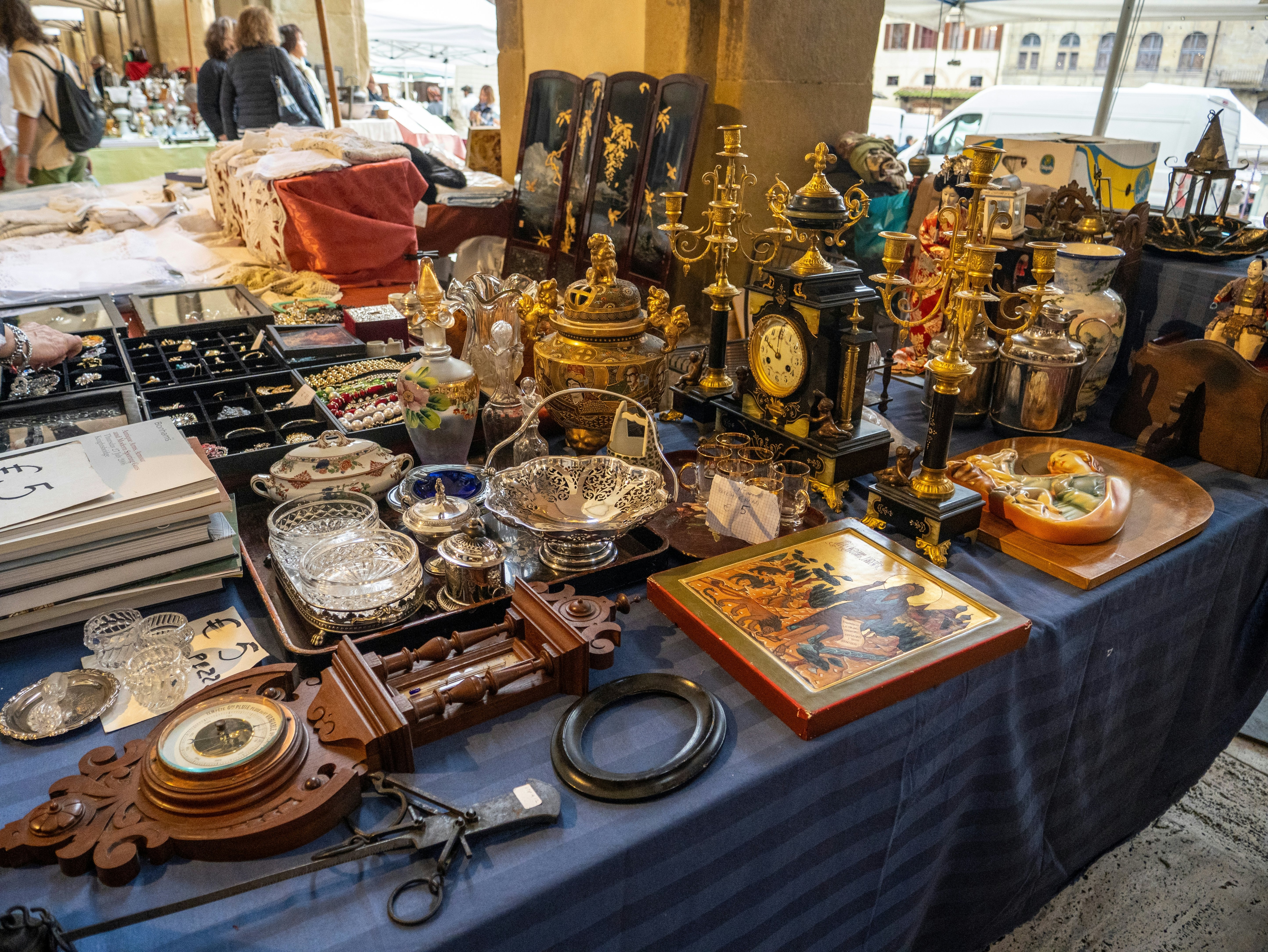

Take a day trip from Florence into the wider region of Tuscany and beyond. StevanZZ/Shutterstock
Branching out from the red cupola of the Duomo, the stone-built alleys of Florence’s historic core connect some of the world’s most precious examples of Renaissance art and architecture.
It’s easy to see why millions visit the UNESCO-inscribed capital of Tuscany every year. This walkable city has been a European center of culture since the Middle Ages, and much of its heritage has survived intact to this day. Florence’s global fame, however, has long overshadowed the many sights in its surroundings, keeping tourists concentrated in and around a limited number of well-known destinations.
Heavily publicized attractions such as the Uffizi museum, Michelangelo’s David inside the Galleria dell’Accademia and the 14th-century Ponte Vecchio tend to grab all the attention. But you shouldn't spend all your time in Tuscany standing in line for fear of missing out. Many surprising and often neglected towns await beyond Florence’s borders.
Here is our pick of the best day trips from Florence, nearly all of which are reachable on public transport.

1. Visit the treasured cathedral of Lucca
Travel time: 1 hour 20 minutes by train
Enclosed within 12m-high (39ft) defensive walls, historic Lucca is one of Tuscany’s most charming medieval centers. Lucca grew out of its privileged position on the Via Francigena pilgrim route and is known as the city of 100 churches. The greatest of them all is the Romanesque Cattedrale di San Martino, where you’ll find Italy’s oldest wood carving, the Volto Santo crucifix. The cathedral is located a short distance from the Piazza dell’Anfiteatro, the elliptical square built on a former Roman amphitheater and lined with restaurant terraces and aperitivo spots.
But Lucca isn’t simply historic sights. From spring and throughout the summer, many festivals take place within the city’s grass-covered walls, peaking with the Lucca Summer Festival that fills the cobbled alleys with the music of international artists every July.
How to get to Lucca from Florence: Hourly trains depart from Florence’s Santa Maria Novella station, taking you right by the gate of Porta San Pietro that leads into the inner city.

2. Cycle around Lago Trasimeno
Travel time: 1 hour 35 minutes by train
Italy’s fourth-largest lake sits just outside Tuscany’s borders, in the province of Perugia, surrounded by green hills and sleepy towns. From Castiglione del Lago, the main settlement in the Trasimeno area, you can rent a bike (or e-bike) at Cicli Valentini and join the 60km (37-mile) bike path that loops around the lake and through quaint hamlets, olive groves and Umbrian farmhouses.
Between April and September, you can cut the trip short by taking the ferry that runs from Passignano back to Castiglione del Lago via Isola Maggiore, one of the lake’s three islands, stopping to admire its 19th-century castle, built by the Guglielmi, Marquis of Vulci and Civitavecchia.
How to get to Lago Trasimeno from Florence: A regional train travels from Florence to Castiglione del Lago in approximately 1.5 hours. From there, return to Florence or continue to Rome.

3. Stroll through Pistoia’s Romanesque buildings
Travel time: 35 minutes by train
This attractive historic town is off most international tourists’ routes and continues to maintain a local feel. Besides its long-standing markets – one held daily in Piazza della Sala, the other on Wednesdays and Saturdays in Piazza del Duomo – Pistoia’s main attraction is its impressive collection of marble-clad Romanesque buildings, from the striped 13th-century Chiesa di San Giovanni Fuorcivitas to the stately Cattedrale di San Zeno, the city’s main church.
Pistoia has been known as a center of musical culture since the 15th century and keeps the tradition alive by hosting Tuscany’s most important blues festival, the Pistoia Blues, every July.
How to get to Pistoia from Florence: A quick 35-minute train ride separates Florence from Pistoia. The city center is easily reached on foot from the station.

4. Taste the flavors of Emilia-Romagna
Travel time: 40 minutes by train
Travel beyond Tuscany’s northern border and you’ll find a land of tortellini, cappellacci, lambrusco, parmigiano and many more traditional foods of Emilia-Romagna waiting to be tasted. The region stretches from the Adriatic Coast all the way to Liguria and has been historically divided – locals will make sure you know that Emilia and Romagna are not the same thing at every opportunity, even though they share the same regional border. Despite divisions – historical, linguistic and culinary – you can’t really go wrong when eating your way through the region. Emilia-Romagna’s capital, Bologna, is a vibrant city with a large student population and endless opportunities to try the region’s many culinary highlights.
How to get to Bologna from Florence: High-speed trains will whizz you from Florence to Bologna in just 40 minutes.

5. Hunt for antiques in Arezzo’s Fiera Antiquaria
Travel time: 40 minutes or 1 hour 30 minutes by train
It’s always a good time to visit the art city of Arezzo – home to an Etruscan settlement in its early days and the birthplace of one of Tuscany's most famous Renaissance architects, Giorgio Vasari – but go on the first Sunday of the month or the Saturday before that, and you can experience the Fiera Antiquaria, Italy’s largest antique market. More than 500 vendors, selling everything from vintage furniture to original art, unfold their wares on the sloping cobbles of Piazza Grande, against the beautiful backdrop of Palazzo delle Logge, designed by Vasari himself for the Medici family.
How to get to Arezzo from Florence: High-speed trains run from Florence to Arezzo in just 30 minutes, while slower (and cheaper) regional trains take under 1½ hours.

6. Step into the ruins of San Galgano, and return via Montalcino
Travel time: 1 hour 30 minutes by car
Rising from the cypress-dotted countryside of central Tuscany, the Abbazia di San Galgano is one of the region’s most striking pieces of religious architecture, standing roofless a short drive from Siena and a couple of hours from Florence through twisting secondary roads. The majestic structure was built by Cistercian monks over the course of the 13th century and abandoned two centuries later. In 1786 lightning struck San Galgano’s bell tower, which collapsed on the roof, destroying it. The stone cathedral has stood in this hilly corner of the region ever since, offering unmatched photo opportunities to modern-day visitors.
How to get to San Galgano from Florence: Given the abbey’s isolated location, you will need to drive to get there. Extend the trip to nearby Montalcino for a tasting session of the famed Brunello, either in the enoteca found inside the town’s fortress or one of the many wineries nearby.

7. Discover Siena’s artistic heritage
Travel time: 1 hour 15 minutes by bus
A single day might not be enough to see all that Florence’s historic rival has to offer, but a few hours in Siena will get you a glimpse of the riches acquired by the medieval city-state in its heyday. Starting from the semicircular Piazza del Campo – the square where the yearly Palio horse race is held – enter the Palazzo Pubblico to visit the Museo Civico and see works by some of the greatest Sienese artists of the Middle Ages.
Among them are the 14th-century frescoes Allegory of Good Government and Allegory of Bad Government by Ambrogio Lorenzetti, meant to inspire the government working in the municipal palace to make good decisions or face the decline of society. Be sure to step into the nearby Duomo as well to admire the spectacular floor mosaic, made of 56 panels produced between the 14th and 19th centuries by up to 40 different artists.
How to get to Siena from Florence: Buses run between Florence and Siena in a little over an hour, while trains are slightly slower, taking 1.5 hours. Be aware that not all trains are direct, and you may have to switch in Empoli.
If you have more time
Florence is well connected to most major Italian cities through high-speed rail, and in just a few hours you can be in Rome, Milan or even Naples. Make sure to book your tickets ahead of time to get the best prices.
If you have a car and are looking to spend some time outdoors, the Parco Nazionale Foreste Casentinesi and Parco Regionale delle Alpi Apuane offer many excellent hiking opportunities. In autumn, keep an eye out for food and wine festivals, such as the truffle fair of San Miniato, the Expo del Chianti Classico in Greve in Chianti, or the chestnut festival in Marradi.














